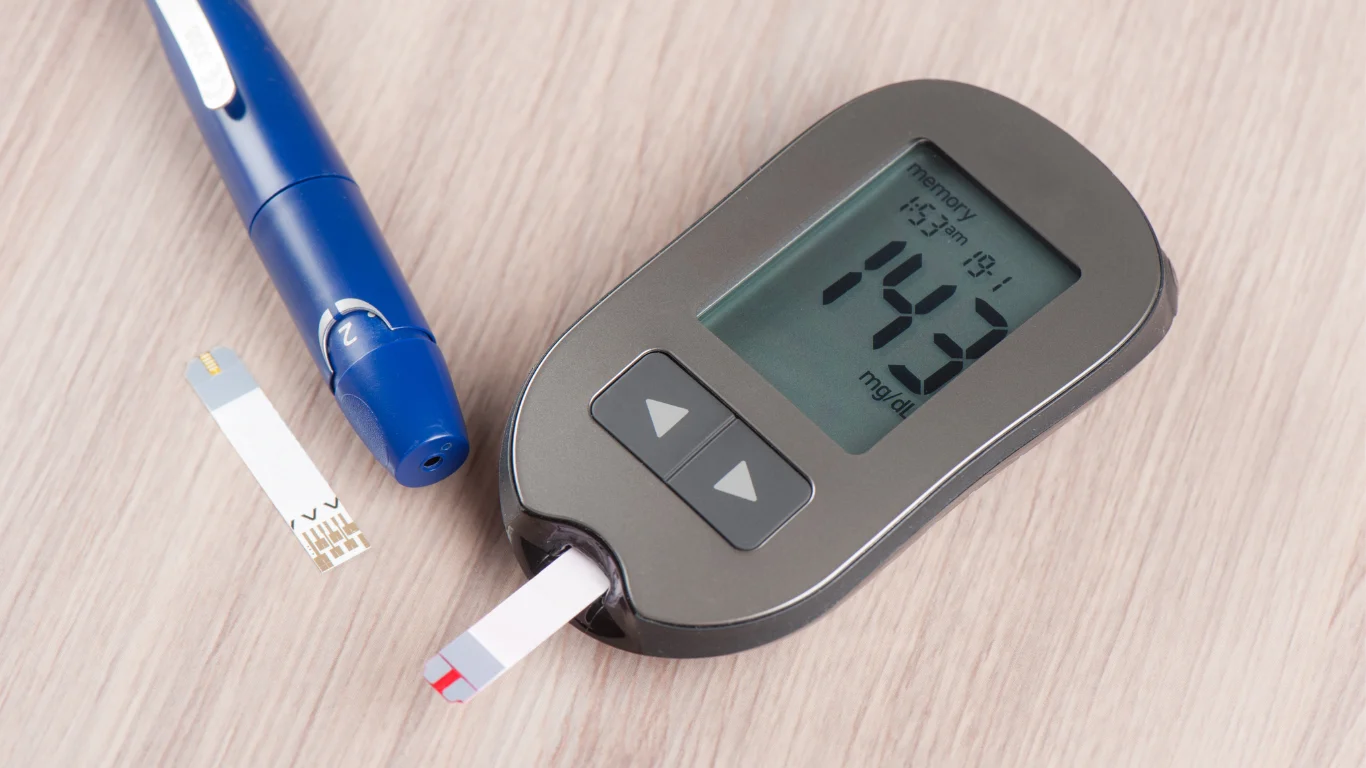Childbirth brings physical changes that can challenge recovery, often leading to pain, muscle weakness, and pelvic discomfort. Conditions like diastasis recti (abdominal separation), pelvic floor dysfunction, and ongoing back pain are common but frequently overlooked postpartum issues. Postpartum physiotherapy offers effective support for women to recover, rebuild strength, and restore function in the months after childbirth. By addressing these challenges, physiotherapy facilitates a smoother and healthier transition into motherhood.
What is Postpartum Physiotherapy?
Postpartum physiotherapy aims to help women heal and strengthen their bodies after childbirth. This therapy targets areas affected by pregnancy and delivery, including the pelvic floor, core, and spine, through personalized exercises, gentle stretching, and muscle-strengthening routines.
Postpartum physiotherapy can be essential for issues like incontinence, abdominal separation, and back pain. As highlighted by Pelvic Health NJ, physiotherapy is a valuable component of postpartum recovery, helping women restore function and maintain long-term health.
Common Postpartum Challenges Addressed by Physiotherapy
- Pelvic Floor Dysfunction: The weight of the baby during pregnancy and the strains of childbirth can weaken pelvic floor muscles, leading to incontinence, pelvic pain, or even organ prolapse. Physiotherapy offers pelvic floor exercises to strengthen these muscles, improving bladder control and alleviating discomfort.
- Diastasis Recti (Abdominal Separation): This common condition occurs when abdominal muscles separate during pregnancy, weakening the core and potentially causing back pain, poor posture, and lifting difficulties. Physiotherapy helps by offering safe core-strengthening exercises that reduce the gap and restore abdominal stability.
- Lower Back and Pelvic Pain: Carrying extra weight and changes in posture can lead to lower back, hip, and pelvic pain post-childbirth. Physiotherapy alleviates this pain through exercises that strengthen and stabilize these areas, improving comfort and mobility.
Key Benefits of Postpartum Physiotherapy
Postpartum physiotherapy provides multiple benefits that enhance both physical and emotional recovery:
- Pain Relief: Targeted stretching and strengthening exercises reduce discomfort in the back, hips, and pelvis, helping mothers move comfortably and engage more easily in daily activities.
- Improved Core Strength and Stability: Rebuilding core strength is crucial after childbirth. Physiotherapy restores abdominal muscles, improving posture, stability, and reducing injury risk as mothers resume lifting, bending, and caring for their newborns.
- Pelvic Floor Recovery: Strengthening pelvic floor muscles helps improve bladder control and reduces the risk of incontinence, which is especially beneficial for those with pelvic pain or urinary leakage.
- Enhanced Mental Health: Physical recovery positively affects mental well-being. Improved strength, mobility, and pain relief boost confidence, reduce stress, and create a more positive postpartum experience.
To understand the broader benefits of physiotherapy throughout life, check out Best Doc Healthcare’s overview on how physiotherapy aids recovery at different stages.
When to Start Postpartum Physiotherapy
Women can often begin postpartum physiotherapy around six weeks post-childbirth, depending on their delivery type and overall health. However, the best time varies by individual recovery needs. Some may benefit from gentle pelvic floor exercises sooner, while others may need to wait longer before starting core-strengthening exercises.
Consulting a healthcare provider helps determine the ideal time to start therapy. This ensures a customized treatment plan that aligns with each woman’s recovery pace, creating a safe and supportive approach to postpartum healing.
What to Expect in a Postpartum Physiotherapy Session
A typical postpartum physiotherapy session begins with an assessment of posture, core stability, and pelvic floor function. This evaluation helps the therapist understand specific issues or imbalances caused by pregnancy and childbirth. Based on this, a customized exercise plan is created, which includes:
- Gentle Strengthening Exercises: Exercises focus on rebuilding the core, pelvic floor, and back muscles.
- Mobility and Stretching Exercises: These improve flexibility and reduce muscle tension, especially in areas that may have tightened during pregnancy.
- Education on Posture and Lifting Mechanics: Correct body mechanics and lifting techniques support safe movement, reducing strain as new mothers care for their babies.
Therapists often incorporate breathing techniques to engage the core and maintain good posture, making everyday movements easier and more comfortable.
Conclusion: Embracing a Stronger, Healthier Postpartum Recovery
Postpartum physiotherapy offers a range of benefits that support both physical and emotional well-being, providing relief from common postpartum issues and empowering mothers to feel stronger in their bodies. By addressing challenges like pelvic floor weakness, diastasis recti, and back pain, physiotherapy promotes a more comfortable and confident recovery.
For women facing postpartum recovery challenges, physiotherapy provides a proactive way to regain strength and stability, setting the stage for a healthy, active life with their family. To explore postpartum physiotherapy options, visit Best Doc Healthcare for physiotherapy services that support a smoother recovery journey.













